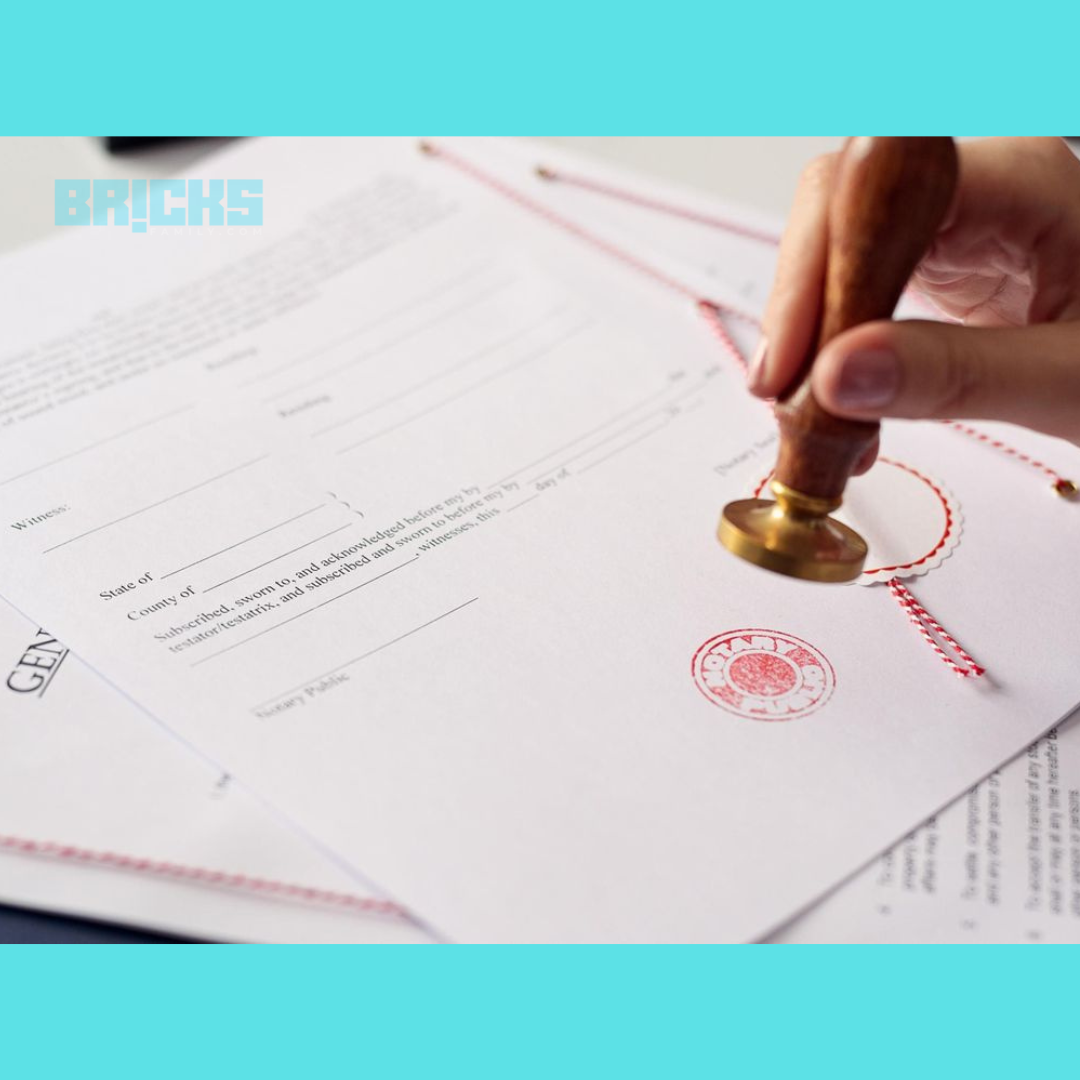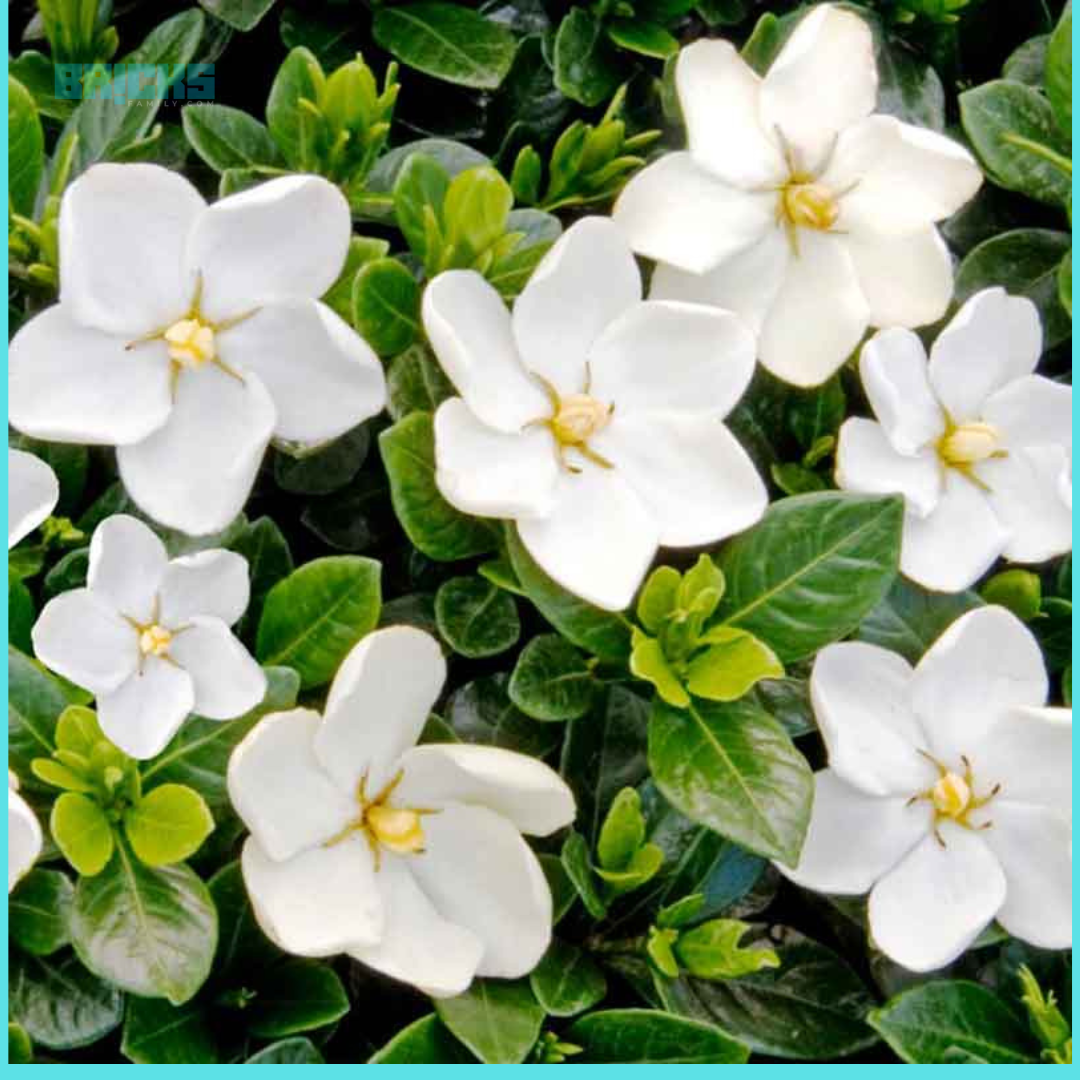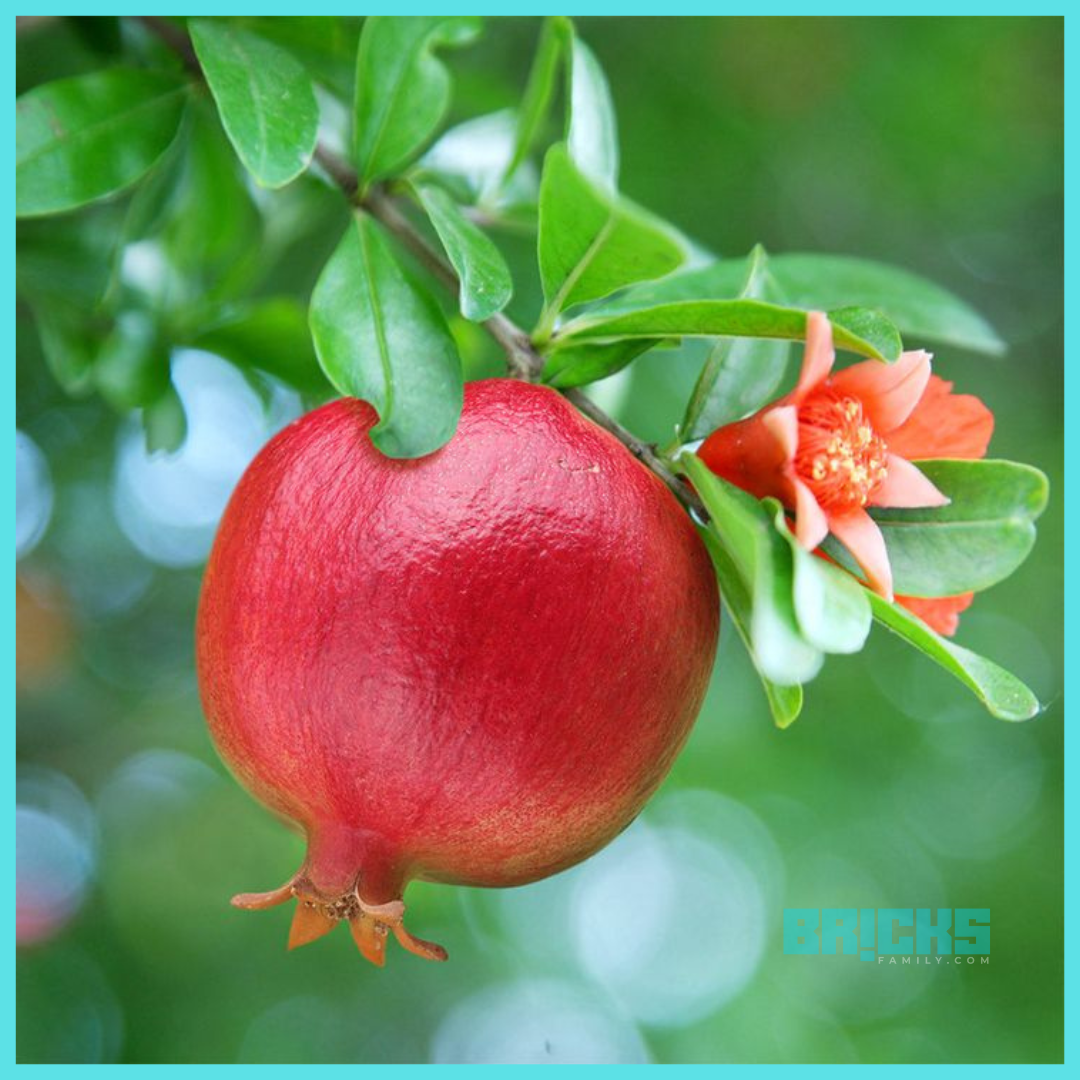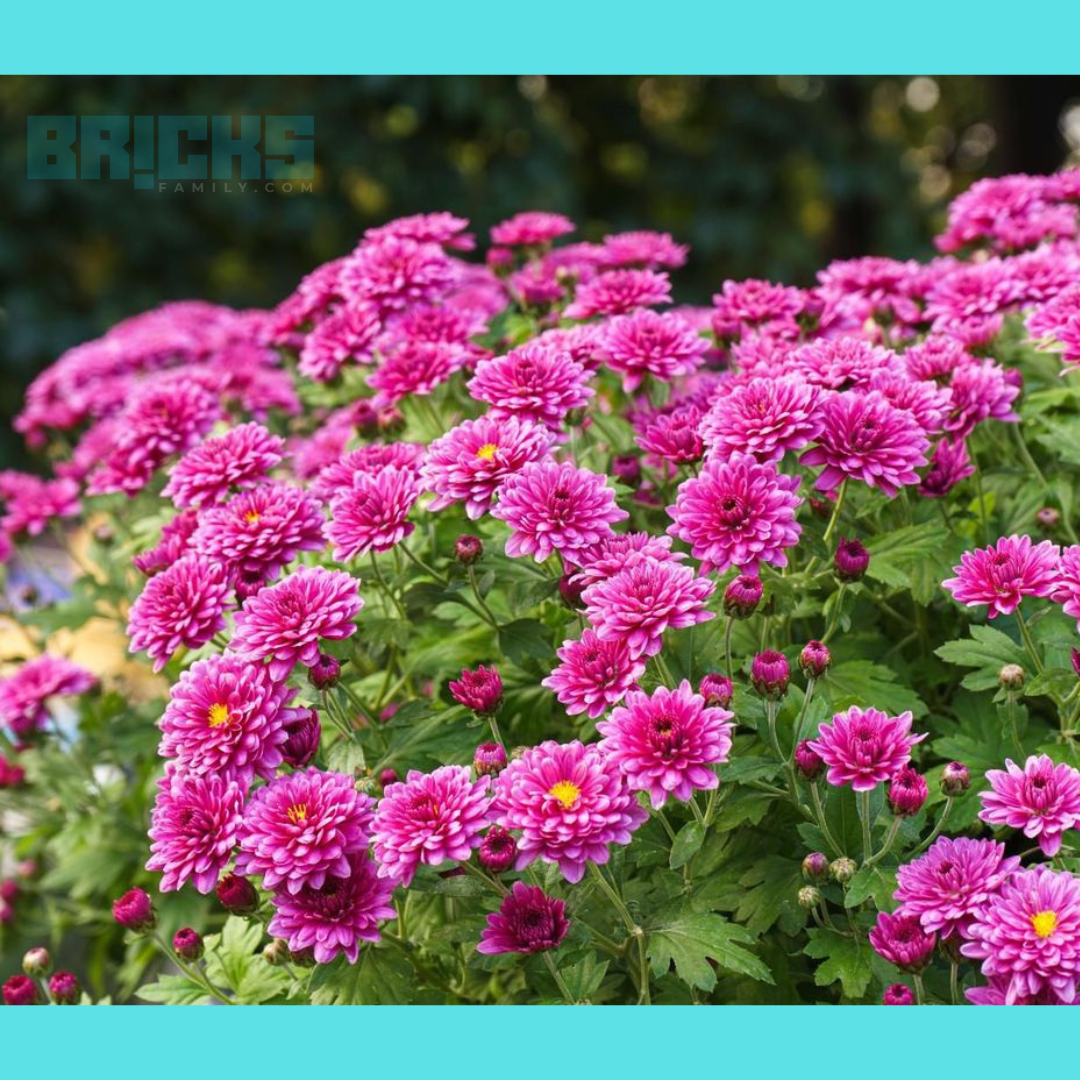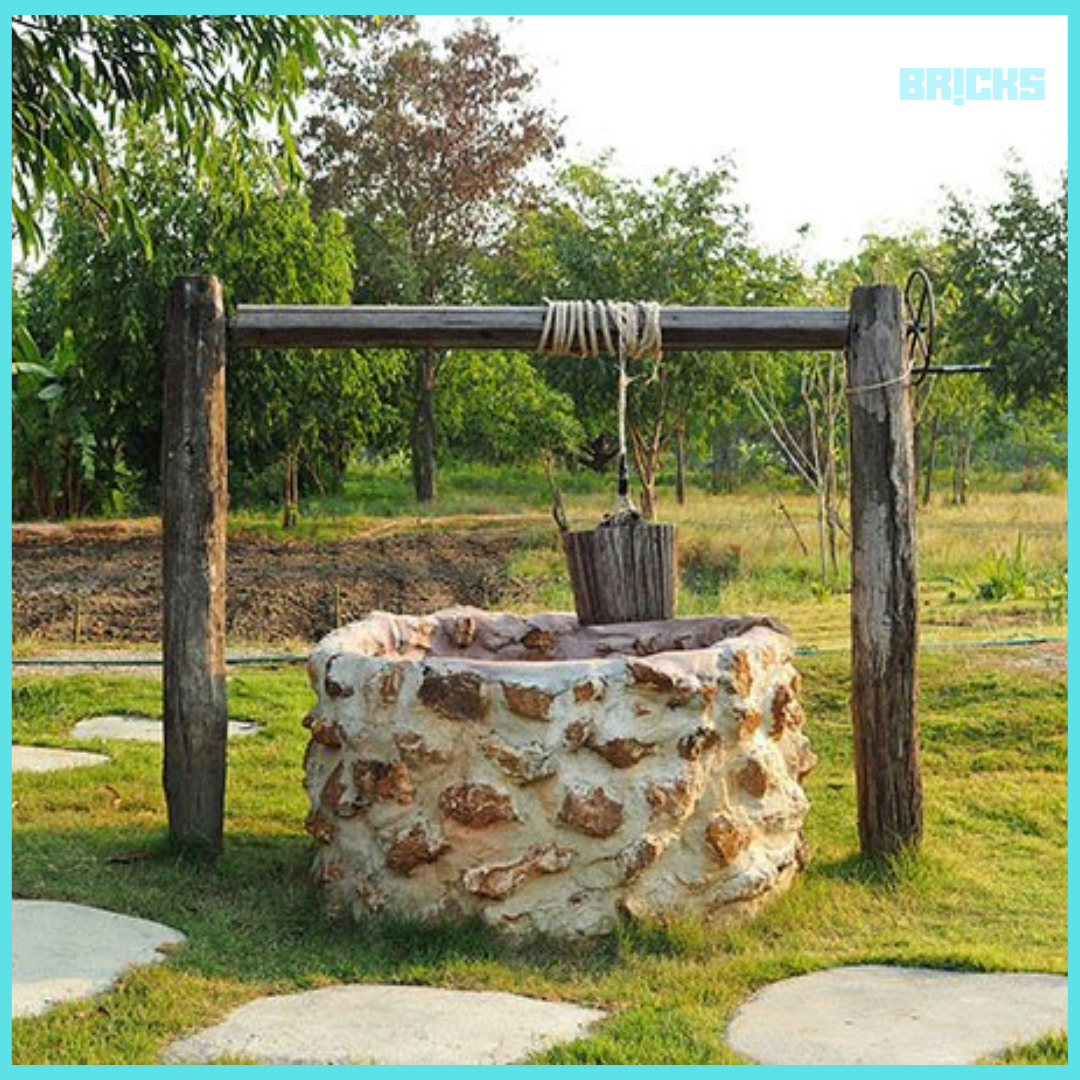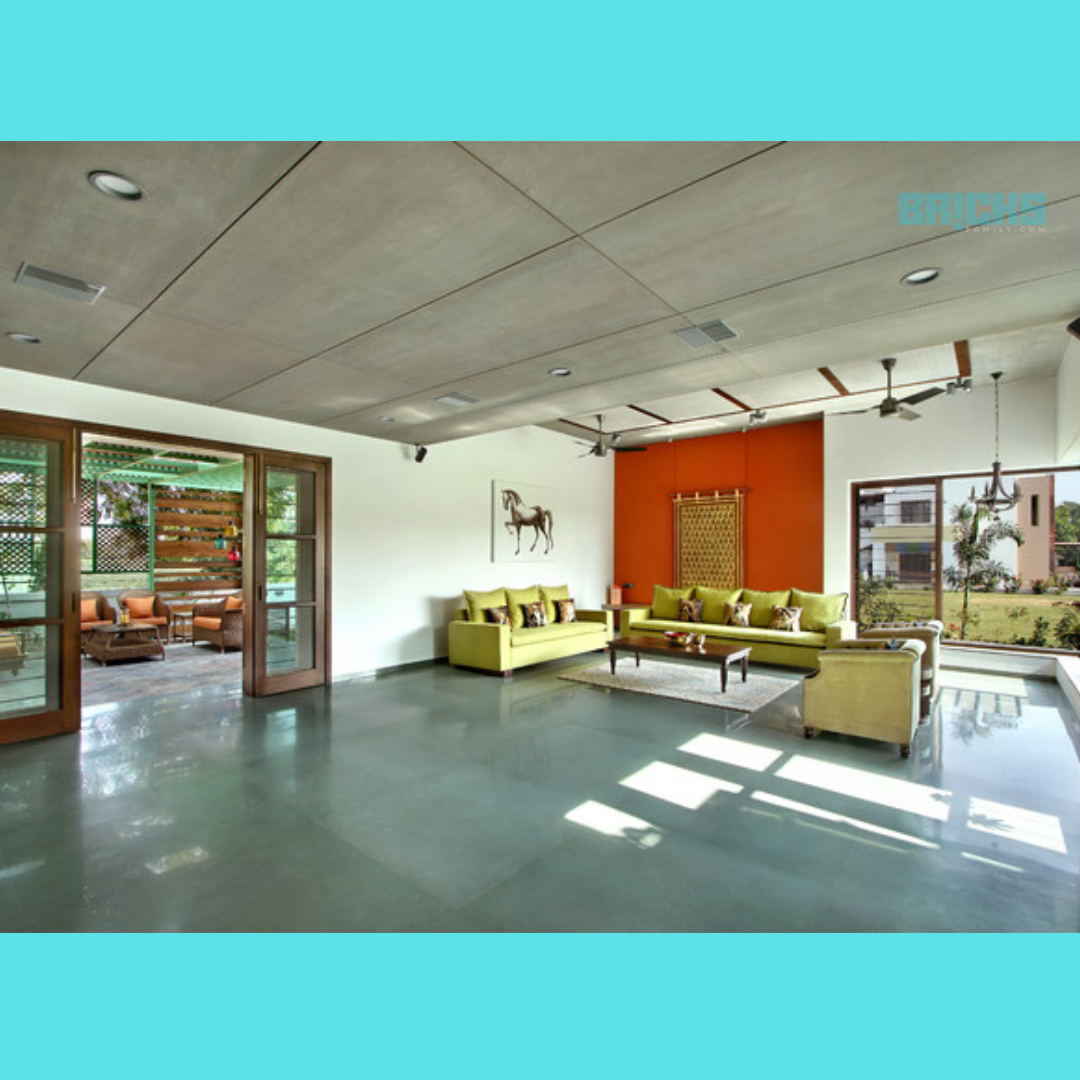Waterproofing is a method of preventing water damage to surfaces. Waterproofing the roof, as its name suggests, is a method to stop water from causing damage to your roof. Many houses located in India are built with flat roofing. Flat roofs can also be referred to as terraces elsewhere in the world. A roof is considered terraced when it permits access to the outside, is not sloped, and is flat surfaces. In traditional sloped roofs, the rainwater is pushed downwards but does not cause much damage to the roof. When flat roofs are installed, water logging damages the roof and can cause severe issues such as leakage, cracks, and structural damage.
Experts suggest homeowners planning to construct flat roofs make use of a quality sealant to waterproof the roof and seal the roof from water damage. This will help you maintain the appeal of your roof and keep it safe both outside and inside. There are many options to guard the roof against water damage, and this blog will guide you through the various options and their advantages and disadvantages.
Traditional Flat Roof Waterproofing Methods
Here are some traditional flat roof waterproofing ideas you can try.
1. Brickbat Coba Method for Roof Waterproofing
One of the oldest methods of waterproofing a roof is the brickbat coba method. This method involves rectangular bricks on the roof, leaving an interval of 15 to 20 millimeters between them. The bricks are then fixed to the ground with cement and allowed to dry. After drying, builders apply a mix of water sealant compound, cement, and water to make a slurry mixture. This mixture is spread over the building, including the gaps between bricks. The mix is put to cure. While the roof is being cured, water is poured over the roof. It is allowed it sit for a minimum of two weeks.
The major drawback to this technique is that the bricks add unnecessary weight to the roofing. If this waterproofing surface is damaged by water, it could be necessary to do the whole process again at a later time.

2. Lime Terracing Method for Roof Waterproofing
Lime terracing can be compared to brickbat coba, except that lime is employed to make a waterproof material. The concrete is laid out layer after the top of the roof, and each concrete layer is sprinkled with a mixture of lime molasses to assist in waterproofing. The finished roof will be cured and kept hydrated for a minimum of two weeks.
The major drawback of roofing waterproofing for flat surfaces is that it is not a durable option to stop waterproofing. You might need to repeat the process in the event of infection of water on the surface.

3. Mud Phuska Method for Roof Waterproofing
Another traditional method of roof waterproofing involves waterproofing over RCC roofing. This is preferred in areas with high temperatures, particularly when the budget is small. The mud phuska can be made by mixing bhusa sand and clay. The finished layer is plastered with a mixture of cow dung and mud. It also needs to undergo proper curing for it to remain completely waterproof.
The drawbacks of this technique are the time it takes and, even though a variety of natural resources are utilized, the final roof can put an unneeded strain on the structural structure.

Modern Ways of Flat Roof Waterproofing
The three methods above are the traditional methods for flat roof waterproofing that have been in use for a long time. These are relatively contemporary methods that are currently in use for their efficiency and final appearance.
1. Bituminous Roof Waterproofing
One of the latest methods of waterproofing makes use of a liquid that is sticky, known as bitumen. Bitumen is a type of dense and sticky petroleum, making it an ideal waterproofing layer for roofing and floors. Roofing felt is soaked with bitumen before being rolled onto the roof. It is then secured to the roof by fire. Other ingredients could be added to bitumen, which allows the mixture to be more elastic and waterproof.
Flat roof waterproofing made of bituminous is very popular because it is simpler to install and extremely light. It does not have a lot of weight on roofs. It is also elastic. The disadvantages of the bitumen flat roof waterproofing techniques are:
- Because bitumen is a byproduct of petroleum production, it could be inflammable
- This isn’t an eco-friendly material
- The effectiveness of waterproofing can be diminished when exposed to UV radiation.

2. Liquid Deck Roof Waterproofing
A deck or terrace is an unpaved surface that could be susceptible to flooding during rain. Another type of roof waterproofing technique is using hydrophobic liquid coatings to stop water build-up. The liquid is an elastomeric material that is extremely flexible and stretchable. It is also user-friendly.
These hydrophobic liquids are bolstered with glass to provide more performance. This waterproofing liquid for decks can be used over all materials, including asphalt, concrete, or bitumen.
The primary benefit of this waterproofing material is that it’s extremely affordable. Instead of replacing the roof entirely, it is easy to use the coatings and experience the benefits of waterproofing. The membrane can also adhere well to all materials and has a long period.

3. Acrylic-Based Roof Waterproofing Coats
Acrylic-based roof waterproofing coatings for roofing are very popular at the moment. Acrylic coatings are easy to apply and provide a smooth and smooth surface. They also have superior Tensile strength and, because of this, they aren’t easily damaged. Acrylic waterproofing is UV-resistant and doesn’t encourage the development of algae, fungi, and other molds. Acrylic coatings are applied with ease by rolling a roller. They don’t require heating processes that can be hazardous.
They’re also non-toxic. The best part about these roof waterproofing options is that they can be purchased in various colors. They’re stylishly appealing too.

Conclusion to Roof Waterproofing
If you’re planning to build a house and are planning to build an elongated roof that is waterproof, then roof waterproofing is a must. This is especially important for those who reside in an area with a lot of rain. Waterlogging is among the main reasons that building structures are damaged. Waterproofing is an absolute must if you intend to secure your home over the long haul.
The waterproofing process should also be completed for open and flat places where rainwater could collect. This includes waterproofing decks and patio waterproofing. The right roof waterproofing sealant makes the biggest difference. If you select a cheap sealant in the present, you may have to repeat the process shortly. Because this is a lengthy task, do it right at the beginning. This article should have given you an idea of what kind of waterproofing is best for your home.
Also Read: Home Design Plans as per Vastu: Here’s What You Need to Know
Similar Topics: What is BHK? – An Essential Guide With BHK Full Form & Meaning


